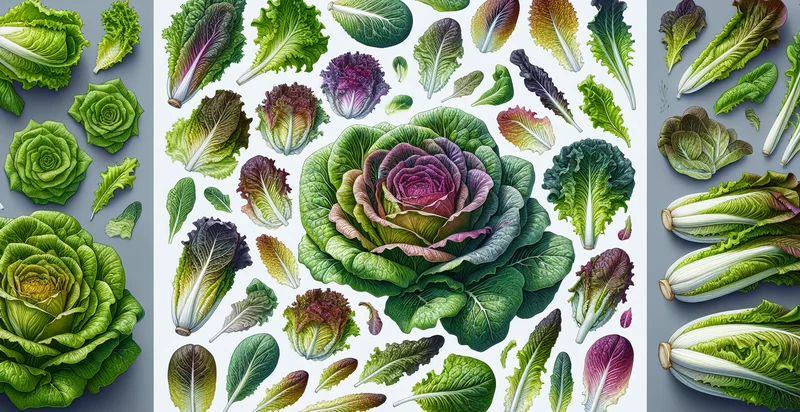Identify pumpkin species
using AI
Below is a free classifier to identify pumpkin species. Just upload your image, and our AI will predict what species of pumpkin it is - in just seconds.

Contact us for API access
Or, use Nyckel to build highly-accurate custom classifiers in just minutes. No PhD required.
Get started
import nyckel
credentials = nyckel.Credentials("YOUR_CLIENT_ID", "YOUR_CLIENT_SECRET")
nyckel.invoke("pumpkin-species", "your_image_url", credentials)
fetch('https://www.nyckel.com/v1/functions/pumpkin-species/invoke', {
method: 'POST',
headers: {
'Authorization': 'Bearer ' + 'YOUR_BEARER_TOKEN',
'Content-Type': 'application/json',
},
body: JSON.stringify(
{"data": "your_image_url"}
)
})
.then(response => response.json())
.then(data => console.log(data));
curl -X POST \
-H "Content-Type: application/json" \
-H "Authorization: Bearer YOUR_BEARER_TOKEN" \
-d '{"data": "your_image_url"}' \
https://www.nyckel.com/v1/functions/pumpkin-species/invoke
How this classifier works
To start, upload your image. Our AI tool will then predict what species of pumpkin it is.
This pretrained image model uses a Nyckel-created dataset and has 15 labels, including Cucurbita Andigena, Cucurbita Argyrosperma, Cucurbita Bicolor, Cucurbita Digitata, Cucurbita Ficifolia, Cucurbita Foetidissima, Cucurbita Lundbergii, Cucurbita Maxima, Cucurbita Maxima Var Gigantea and Cucurbita Mixta.
We'll also show a confidence score (the higher the number, the more confident the AI model is around what species of pumpkin it is).
Whether you're just curious or building pumpkin species detection into your application, we hope our classifier proves helpful.
Related Classifiers
Need to identify pumpkin species at scale?
Get API or Zapier access to this classifier for free. It's perfect for:
- Agriculture Optimization: Farmers can utilize the pumpkin species identifier to monitor crop health and assess species variety. By identifying specific pumpkin species, farmers can optimize their planting strategies, enhancing yield and minimizing pest issues related to particular species.
- Seed Development: Seed companies can use the classification function to streamline the development of new pumpkin seed varieties. By accurately identifying species, researchers can focus on breeding programs aimed at improving characteristics such as disease resistance and growth rates.
- Retail Product Selection: Grocery stores and farmers' markets can employ the identifier to curate their pumpkin selections based on consumer preferences. By knowing which species are popular or rare, retailers can optimize their inventory and pricing strategies to match market demand.
- Culinary Applications: Restaurants and chefs can utilize the pumpkin species identifier to enhance their menu offerings. By distinguishing between different pumpkin types, chefs can select the best options for specific dishes, thereby elevating the flavor and presentation.
- Academic Research: Educational institutions can integrate the pumpkin species identifier into ecology and botany programs. This tool can facilitate research on biodiversity, species distribution, and climate impact on different pumpkin species.
- Ornamental Gardening: Landscaping businesses can use the function to recommend the most suitable pumpkin species for decorative purposes in garden design. By identifying visually appealing varieties, companies can enhance garden aesthetics and promote unique pumpkin displays.
- Sustainability Initiatives: Environmental organizations can employ the pumpkin species identifier to promote sustainable farming practices. By identifying native or low-impact pumpkin species, these organizations can encourage agro-biodiversity and support soil health through species diversity.


